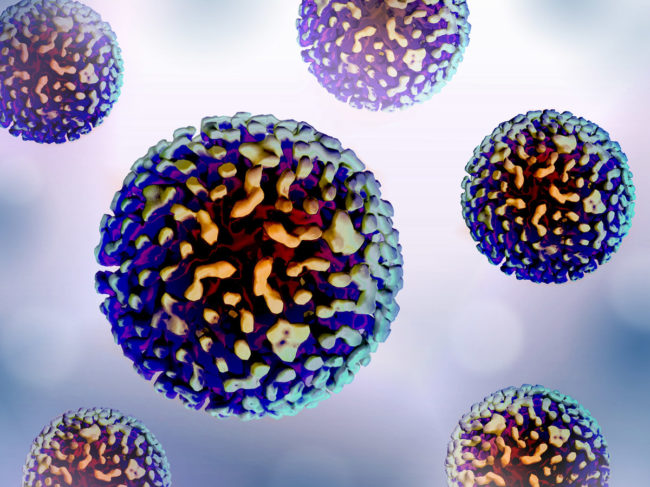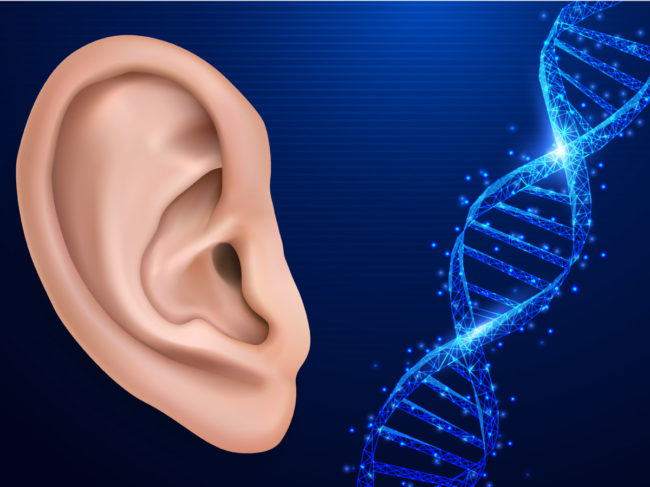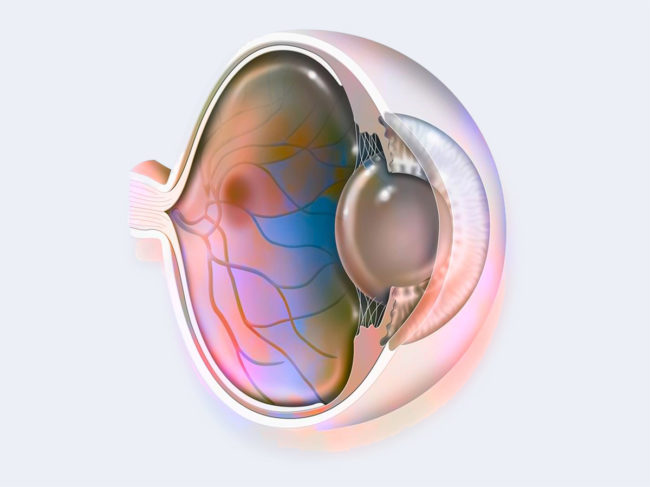
Gene therapy, BioWorld Science
Endocrine/Metabolic
FDA grants orphan drug designation to liver-targeted gene therapy, BGT-OTCD
Read MoreDrug Design, Drug Delivery & Technologies
Alexion, Astrazeneca Rare Disease agrees to acquire Pfizer’s preclinical rare disease gene therapy portfolio
Read MoreNeurology/Psychiatric








